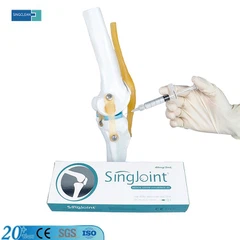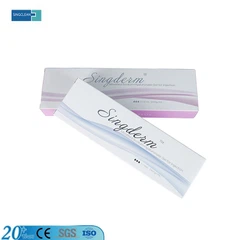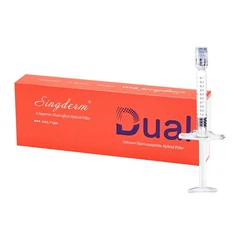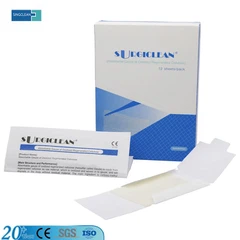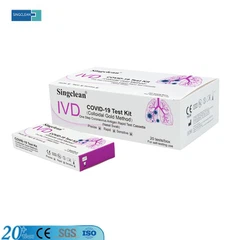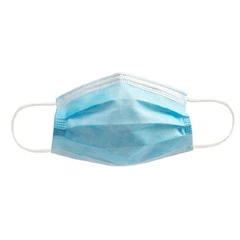Hyaluronic acid and sodium hyaluronate are two commonly used ingredients in both skincare and medical fields. While they are quite similar, there are key differences between them. This article explores the distinctions between hyaluronic acid and sodium hyaluronate.
What is Hyaluronic Acid?
Hyaluronic acid is a naturally occurring polysaccharide in the human body, found in tissues such as joints, skin, eyes, and more. It plays a vital role in maintaining moisture, lubrication, and elasticity across various body tissues.

Functions of Hyaluronic Acid:
Hydration: Hyaluronic acid can retain up to 1,000 times its weight in water, helping to keep the skin hydrated, plump, and smooth.
Skin Care: Hyaluronic acid improves skin texture by locking moisture into the skin, keeping it firm and hydrated. This helps to reduce fine lines and wrinkles and encourages collagen production, promoting a more youthful appearance.
Balancing Skin's pH: Hyaluronic acid helps to balance the skin's pH, repair the skin barrier, and protect against external environmental damage.
What is Sodium Hyaluronate?
Sodium hyaluronate is the salt form of hyaluronic acid, created by neutralizing hyaluronic acid with sodium hydroxide or sodium chloride. Compared to pure hyaluronic acid, sodium hyaluronate is more stable, has smaller molecules, and is absorbed more easily by the skin. It is also more effective at providing hydration.
In short, sodium hyaluronate is a more stable, effective version of hyaluronic acid, capable of better penetration into the skin.
Functions of Sodium Hyaluronate:
Skin Care: Sodium hyaluronate's smaller molecular size makes it easier to penetrate the skin, improving elasticity, firmness, and smoothness, while offering superior moisturizing benefits.
Anti-Aging: While both hyaluronic acid and sodium hyaluronate help with anti-aging, sodium hyaluronate penetrates deeper into the skin to reduce fine lines and wrinkles more effectively.
Joint and Eye Health Applications: Due to its excellent lubrication properties, sodium hyaluronate is widely used in orthopedic and ophthalmic surgeries. In orthopedic medicine, it is used in medical gels for osteoarthritis treatment. In ophthalmology, it is an essential component in ophthalmic viscosurgical devices (OVDs) for cataract surgery, maintaining chamber stability during phacoemulsification and lens procedures.
Click for Singjoint Viscosupplement Injection For Orthopedics
Singjoint is a colorless, transplant, and viscous HA injection for the treatment of osteoarthritis and other orthopedic diseases. The raw material of Singjoint is sodium hyaluronate, made by microbial fermentation technology; it's of good biocompatibility and safe for bone joints to apply.
Click for Singclean Medical Sodium Hyaluronate Gel For Ophthalmic Surgery
Singclean viscoelastics in ophthalmology is a colorless and transparent gel, composed of highly purified sodium hyaluronate dissolved in buffered saline. It works as a surgical aid in ophthalmic anterior and posterior segment surgery including: Cataract extraction, Corneal transparent, Glaucoma, Filtering and Secondary lens implantation.
Conclusion
In conclusion, The key difference between hyaluronic acid and sodium hyaluronate lies in their molecular structure and stability. Sodium hyaluronate, the salt form of hyaluronic acid, is more stable, has smaller molecules, and is absorbed more effectively by the skin. Both substances play crucial roles in hydration and skin care, with sodium hyaluronate offering enhanced anti-aging benefits and superior penetration. Additionally, sodium hyaluronate is widely used in medical applications such as joint and eye health due to its excellent lubrication properties.

